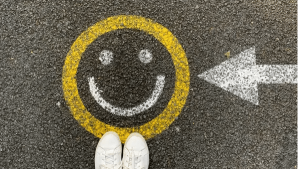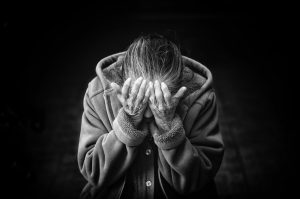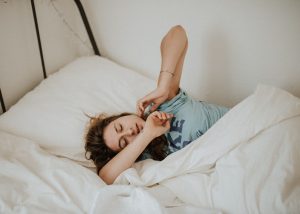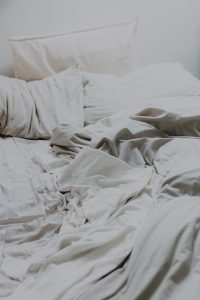Sleep apnea is a serious medical condition that interrupts an individual’s breathing patterns during sleep. Those with undiagnosed sleep apnea may stop breathing over a hundred times during their sleep. If left untreated, the sleep disorder can cause several health complications including high blood pressure, stroke, cardiomyopathy, heart failure, and diabetes.
Untreated sleep apnea can result in poor quality of life, vehicle accidents, poor academic performance, and job impairment.
Sleep apnea is caused by a blockage in an individual’s airways, mostly when a soft tissue in the throat collapses during sleep. The sleep disorder is mainly found in patients with central nervous system dysfunction or neuromuscular diseases. Sleep apnea is also common in patients with lung, heart, or kidney disease. The medical condition usually occurs in about 25% of men and nearly 10% of women. It can affect people of all ages, especially people over the age of 50. Excessive weight is also a common risk factor.
Common traits in obstructive sleep apnea patients include structural abnormalities, obesity, enlarged tonsils, or a small jaw with an overbite.
Also Read: Bappi Lahiri cause of death
Initial signs of sleep apnea are more often observed by the patient’s bed partner. Several patients do not report major sleep complaints. The most common symptoms include snoring, daytime fatigue, frequent awakenings during the night, feelings of gasping or choking during sleep, dry mouth, headaches, sore throat, irritability, and mood fluctuations.
Also Read: These five mistakes should be avoided to have a better sleep
Sleep apnea is diagnosed through sleep evaluation by a sleep specialist. Polysomnography (PSG) can be performed in a sleep laboratory, under the supervision of an experienced technologist.
For adults, a Home Sleep Test (HST) can be conducted. This includes studying a patient from the comfort of their home.
Treatment for sleep apnea includes conservative treatments, positive airway pressure (PAP) therapy, weight loss, lowering alcohol consumption, using wedge pillows for patients who experience sleep apnea while sleeping on their backs, treating nasal congestion by sprays, using oral devices, and surgical procedures to fix deformities.






